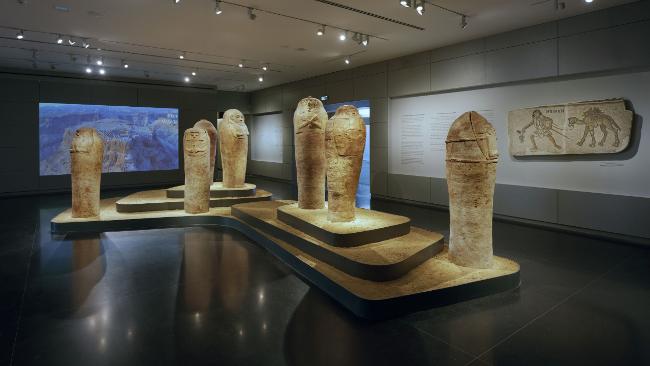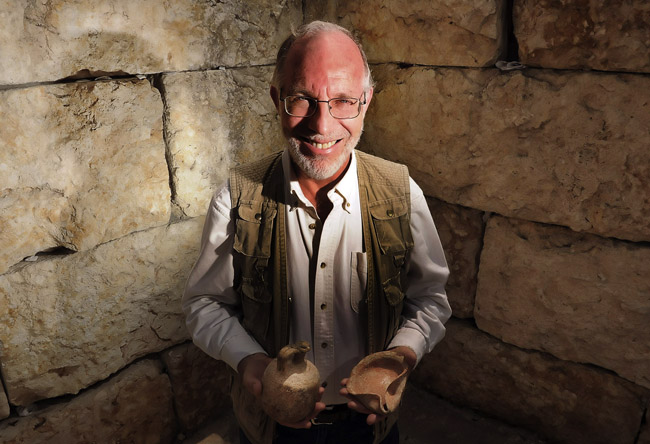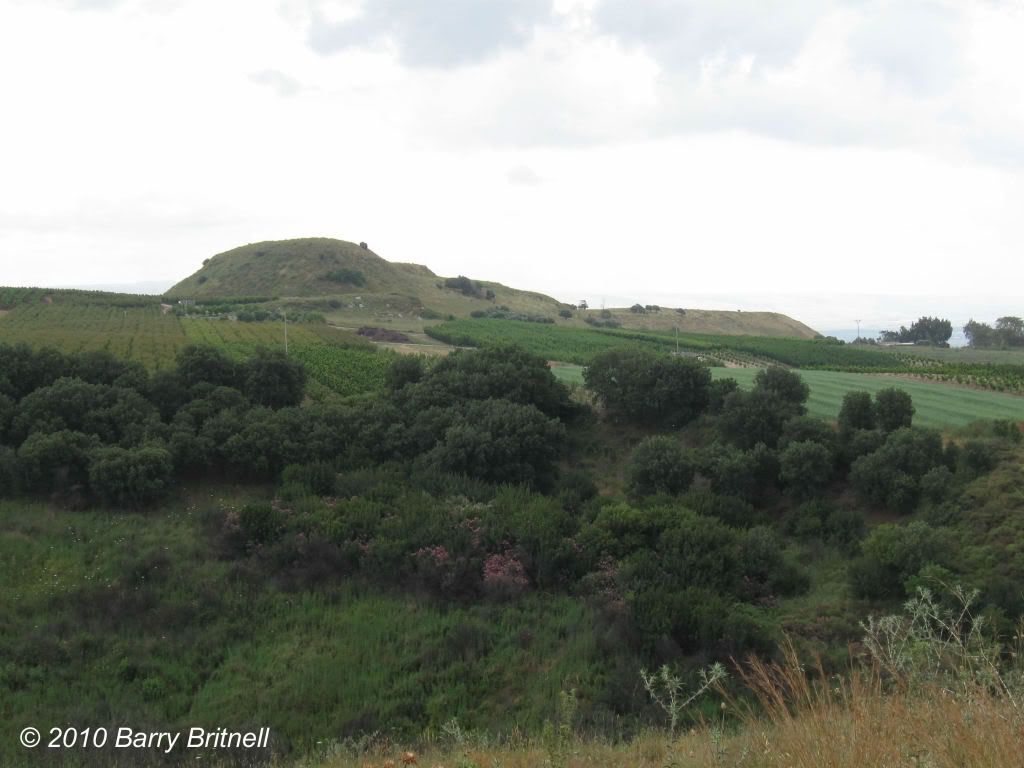 When Tabatha and I went to Israel in 2010, we took over 1300 pictures and several hours of video. Of all of the pictures that we took, I believe my favorite picture is the one shown at right. (You can click on the picture for a larger version.)
I took this picture early in the morning while standing on the northeastern shore of the Dead Sea. For those of you who are thinking about this, you have probably picked up on the fact that if I took this picture from the northeastern shore of the Dead Sea, then I was not, in fact, in Israel. And, for that, you would be correct. I was actually in the country of Jordan when this picture was taken. Good thinking. But, I am facing northwest into Israel.
When Tabatha and I went to Israel in 2010, we took over 1300 pictures and several hours of video. Of all of the pictures that we took, I believe my favorite picture is the one shown at right. (You can click on the picture for a larger version.)
I took this picture early in the morning while standing on the northeastern shore of the Dead Sea. For those of you who are thinking about this, you have probably picked up on the fact that if I took this picture from the northeastern shore of the Dead Sea, then I was not, in fact, in Israel. And, for that, you would be correct. I was actually in the country of Jordan when this picture was taken. Good thinking. But, I am facing northwest into Israel.
In the foreground, you see the beautiful waters of the Dead Sea. (And, yes...the waters in the Dead Sea are beautiful. In fact, the water is much clearer than you would expect. Perhaps I'll blog more about that later.) Just offshore, you see the modern city of Jericho. The ancient cities of Jericho (Old Testament and New Testament) are located within the modern city limits. And, if you look closely at the top of the ridge, you can see the eastern edge of Jerusalem and the surrounding cities. The distance from Jericho to Jerusalem is approximately 24 kilometers (15 miles) with an elevation gain of over 1000 meters (3400 feet).
When I saw this picture, I was reminded of two stories in the Bible.
The first story was the Parable of the Good Samaritan in Luke 10. In verse 30 it reads:
Then Jesus answered and said: “A certain man went down from Jerusalem to Jericho, and fell among thieves, who stripped him of his clothing, wounded him, and departed, leaving him half dead."
What is interesting is that Jesus didn't go into any details about the road between those two cities. Those listening to Jesus knew all about that road. They knew that the road was no place for someone to be walking all alone. And, very little has changed about that road in 2000 years. As you can tell, once you leave the Jerusalem area, you are on your own until you reach Jericho. It was the perfect setting for Jesus to use to tell his story.
The second story had to do with the account of Jesus and Zacchaeus. After Jesus spent time with Zacchaeus (who lived in Jericho), it says in Luke 19:28:
When He had said this, He went on ahead, going up to Jerusalem.
Isn't the accuracy of the Bible amazing? He went "up to Jerusalem". Look again at the picture. Of course He did.
Understanding the Bible lands helps you to understand the Bible stories even more.
I wonder what my favorite picture will be from this trip? Stay tuned.






























 A little over two years ago, my wife and I took a trip to Israel and Jordan to see some of the lands mentioned in the Bible. Those ten days were amazing and completely changed the way that we read the Bible. We used to read over the geographical locations. Now, we pause to consider how that relates to the stories. For most of my life, I knew the Bible stories. Now, I understand them.
I have been able to answer many Biblical questions that I did not even realize that I needed to ask. Questions like:
A little over two years ago, my wife and I took a trip to Israel and Jordan to see some of the lands mentioned in the Bible. Those ten days were amazing and completely changed the way that we read the Bible. We used to read over the geographical locations. Now, we pause to consider how that relates to the stories. For most of my life, I knew the Bible stories. Now, I understand them.
I have been able to answer many Biblical questions that I did not even realize that I needed to ask. Questions like: